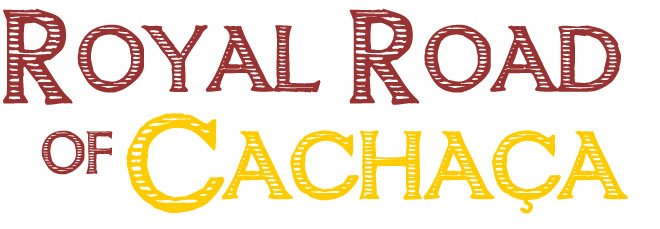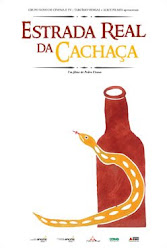
:::from Corriere del Ticino | Locarno, August 2008. Royal Road of Cachaça is the demonstration that realism can be much more effective if it is directed to the subject itself at a glance without any didactical thought, but composing a puzzle apparently disconnected, in which, all pieces will take a very precise place at the end. (...) Pedro Urano’s movie is very, very far away of being an alcoholism hymn or a way to see the reality through the delirious perspective of the ethylical drunkenness. Step by step (the camera hold by the director is in a perennial movement, or better, in a perennial move forward on trails, alleys and small streets), we discover situations of absolute poverty, worlds that remained in primitive status, like that one of the miners who go with a hoe and a scythe on their hands, to look for a rare topaz of the region. It is a discontinuous punctual exploration, animated by voices and faces always new, while the soundtrack crosses with the various sound of the nature and of the human activities. Royal Road of Cachaça remains impressed in the memory like an irrational trip in a world dominated by irrationality, a cinematographic drunkness, which at the end doesn't let us with headache, but thirsty to know more about it. (Antonio Mariotti)
:::from Docblog Globo Online | Rio de Janeiro, october 2008.
Almost no interviews, no historian's remarks, no explicatory text. Instead a bunch of phrases, jokes, songs, ambient sounds, and beautiful images catalogue the many roles that cachaça plays in rural Minas Gerais. To be more exact, in the region of the old Gold Road, where the colony drained the mines' production to the port of Paraty. On the tracks of the Indians, the white man opened the road. On the tracks of gold, spirit gladdened the spirits.Pedro Urano could have presented his material, evidently the result of much research, in a more traditional historical documentary format. But what makes the Royal Road of Cachaça stand out is exactly the exchange of this easy way for more magical and profound paths. All these elements seem to work together to create an effect that is more poetic than strictly informative. (Carlos Alberto Mattos)
:::from La Capital | Mar del Plata, november 2008.
The film of Pedro Urano records, simultaneously, the history of cachaça, its main production zone, and all the folklore surrounding its consumption, which includes mysterious rituals of a religious-mystical nature, as well as bawdy drunken verses.The result is part classical documentary, part road movie, and part experimental film, that mixes diverse textures into a poetically defined vocation. For the creator and the diverse characters that appear in the film, cachaça is not merely liquor, but also a product that represents domination and liberation at the same time; a cultural expression, a way of life. And also, to a great extent, a magic potion. In other words, a mystery. (Fernando Martín Peña)






